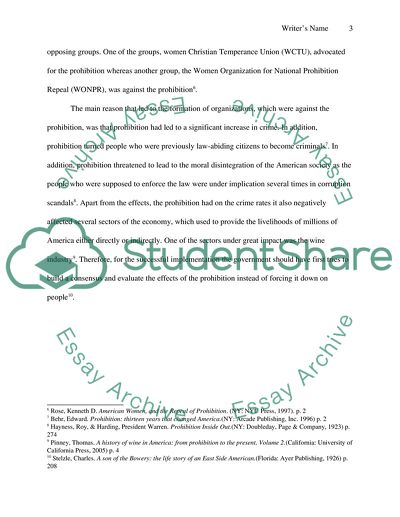Cite this document
(Prohibition Law in the US Annotated Bibliography - 1, n.d.)
Prohibition Law in the US Annotated Bibliography - 1. Retrieved from https://studentshare.org/law/1749392-prohibition
Prohibition Law in the US Annotated Bibliography - 1. Retrieved from https://studentshare.org/law/1749392-prohibition
(Prohibition Law in the US Annotated Bibliography - 1)
Prohibition Law in the US Annotated Bibliography - 1. https://studentshare.org/law/1749392-prohibition.
Prohibition Law in the US Annotated Bibliography - 1. https://studentshare.org/law/1749392-prohibition.
“Prohibition Law in the US Annotated Bibliography - 1”, n.d. https://studentshare.org/law/1749392-prohibition.


